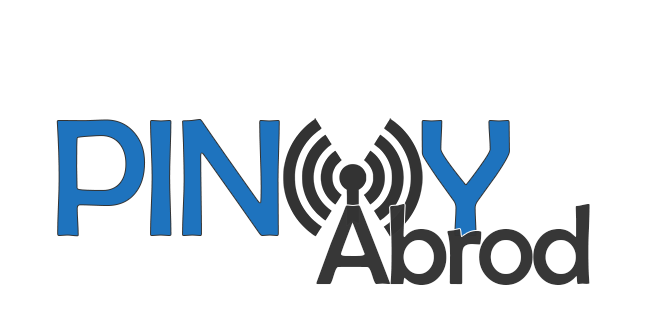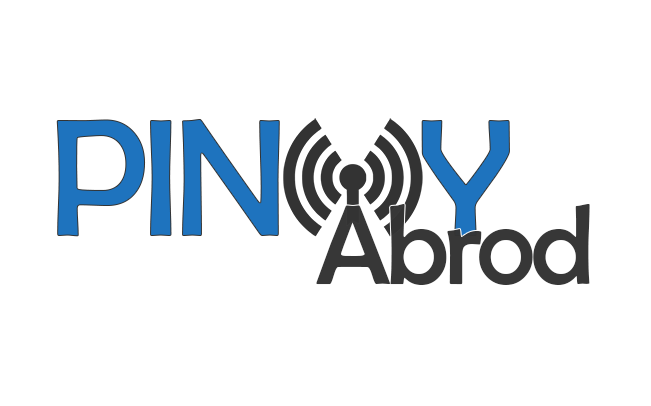Research
group IBON said that the government methodology to count the poor
grossly underestimates Philippine poverty. The recently released 2018
poverty statistics can be taken to mean those in extreme poverty but
IBON says that many other poor Filipinos are left out.
The
Philippine Statistics Authority (PSA) explained that Republic Act
8425 of 1997, or the Social Reform and Poverty Alleviation Act,
defines “poor” as “individuals and families whose income fall
below the poverty threshold as defined by the National Economic and
Development Authority (NEDA) and/or cannot afford in a sustained
manner to provide their minimum basic needs of food, health,
education, housing, and other essential amenities of life.”
The
number of poor are counted as the number of Filipinos whose incomes
fall below the poverty threshold or the minimum amount needed to meet
basic food and non-food needs. Using official data on provincial food
bundles and prices, the methodology first computes the subsistence
threshold or the minimum amount a family needs to meet basic food
needs. The subsistence threshold is then assumed to be 70% of the
poverty threshold where the balance of 30% is assumed enough to meet
basic non-food needs.
The
number of poor are estimated using family income data from 180,000
sample households from the provinces and highly urbanized cities.
Filipinos whose incomes are below the poverty threshold are those
officially counted as poor.
However,
poverty estimates according to this methodology are unbelievably low
and unrealistic. The monthly poverty threshold is just Php10,727 for
a family of five. This is just around Php71 per person per day at
Php50 for food needs and Php21 for non-food needs.
These low standards explain
the reported fall in the number of poor Filipinos. Poverty incidence,
or the percentage of poor families to total families reportedly fell
from 23.3% in 2015 to only 16.6% in 2018, and the number of
subsistence or food poor Filipino families from 6.4 million in 2015
to only 3.4 million in 2018. NEDA hailed government’s poverty
reduction measures for successfully getting poverty alleviation on
track.
IBON however said that the
methodology uses unrealistically low standards and is detached from
daily poverty realities.
The
food or subsistence threshold, for instance, the group said,
conservatively assumes a “least cost” food bundle. It is
unrealistic to expect that all families have ready access to this
lowest-priced or cheapest food, the group argued. Moreover, the food
bundle is based on so-called “revealed preference” which is
presumably based on actual spending. Yet IBON said that this is not
necessarily a desirable food bundle and may just reflect the food
that Filipino families are forced to buy or make do with given their
poverty or limited budget, such as the notorious pagpag
or recycled garbage food.
These
mean that the subsistence threshold estimated is over-optimistically
low and not necessarily of the needed quality for decent eating.
Estimating
non-food expenses, meanwhile, does not take into account the actual
cost of basic non-food items, IBON said. The cost of non-food needs
is merely assumed to be a certain ratio to food needs. However, the
cost of many non-food needs has been rising rapidly for instance due
to the privatization of utilities and social services. Non-food needs
include clothing and footwear; fuel, light, and water; housing
maintenance and other minor repairs; rental of occupied dwelling
units; medical care; education; transportation and communication;
non-durable furnishing; household operations; and personal care and
effects. Thus, this also too conservatively assumes that non-food
needs are available at illusory low prices.
IBON
stressed that poverty has many dimensions and while income is a
convenient indicator this is only one of them. The current low Php71
poverty threshold should be adjusted to be more realistic and
reflective of the true potentials of the economy, said the group. As
it is, PSA data indicate that around 12.4 million families or about
half of the population is trying to survive on Php132 per person per
day. On the other hand, chief executive officers of the country’s
biggest corporations can earn the equivalent of as much as Php60,000
or more per day.
IBON said that a more
realistic and higher poverty threshold will send a strong signal of
the government having ambitious anti-poverty targets and genuinely
seeking to eradicate this. On the other hand, persistently low
poverty thresholds and illusory reductions in poverty will only
result in persistent neglect of the needs of the many.###


